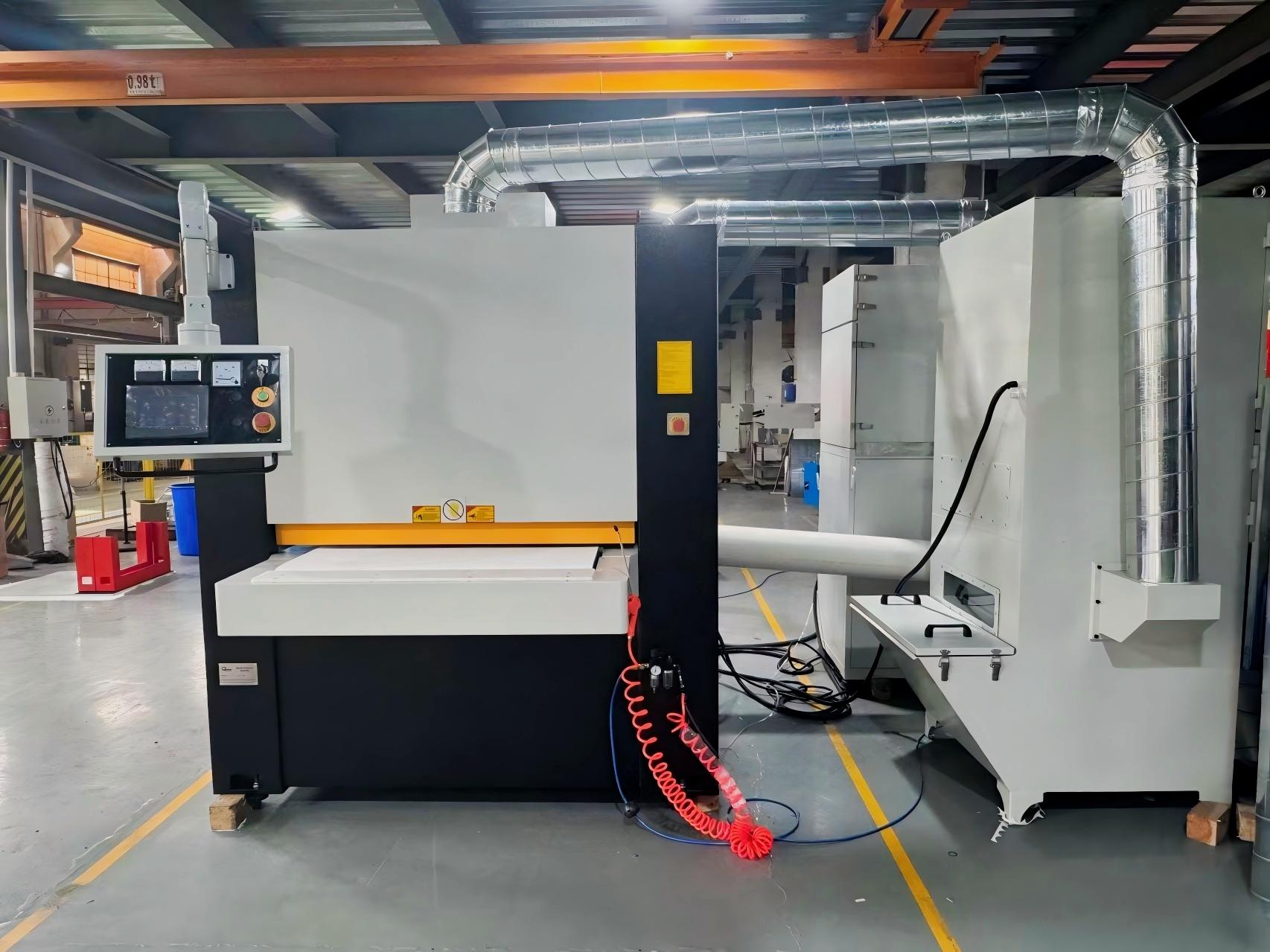
A plate straightening machine is a specialized piece of equipment used in metalworking to correct the shape of metal plates that have become warped or bent during manufacturing or handling.
Here are some key features and benefits of a plate straightening machine:
1. Precision Straightening: The machine is designed to accurately straighten metal plates, ensuring they meet specified tolerances and dimensions.
2. Versatile Applications: It can be used for various materials, including steel, aluminum, and other metals, making it suitable for different industries such as construction, automotive, and manufacturing.
3. Adjustable Settings: Operators can adjust the machine’s settings to accommodate different plate sizes and thicknesses, enhancing its versatility.
4. High Efficiency: The straightening process is typically fast, allowing for quick turnaround times and increased productivity in manufacturing environments.
5. Robust Design: Built with strong materials, the machine is capable of handling heavy plates and is designed for durability and long-term use.
6. User-Friendly Controls: Many machines come with intuitive control panels that make it easy for operators to set parameters and monitor the straightening process.
7. Safety Features: Equipped with safety mechanisms, these machines help protect operators from potential hazards during operation.
8. Reduced Waste: By effectively straightening plates, the machine minimizes material waste and ensures that more metal can be utilized in production.
A plate straightening machine is an essential tool for ensuring the quality and usability of metal plates in various manufacturing processes.
Here are some key sectors that typically require such machines:
1. Manufacturing: Factories that produce metal components often need straightened plates for assembly and fabrication processes.
2. Construction: Construction companies use metal plates for structural applications, requiring them to be flat and straight for proper installation.
3. Automotive Industry: Manufacturers of vehicles and automotive parts need straightened metal plates for chassis, body panels, and other components.
4. Aerospace: The aerospace industry requires high precision in metal components, making straightening machines essential for ensuring the integrity of parts.
5. Shipbuilding: Shipyards use large metal plates for hull construction, necessitating straightening to maintain structural integrity.
6. Metal Fabrication Shops: Businesses that specialize in custom metal fabrication often need straightened plates for various projects.
7. Heavy Equipment Manufacturing: Companies producing heavy machinery and equipment require flat metal plates for assembly and structural components.
8. HVAC and Ductwork: Manufacturers of heating, ventilation, and air conditioning systems often use straightened metal plates for ductwork and other components.
9. Railroad Industry: Rail manufacturers and maintenance facilities require straightened plates for track components and rolling stock.
10. Art and Sculpture: Artists and sculptors working with metal may also use plate straightening machines to prepare materials for their projects.

